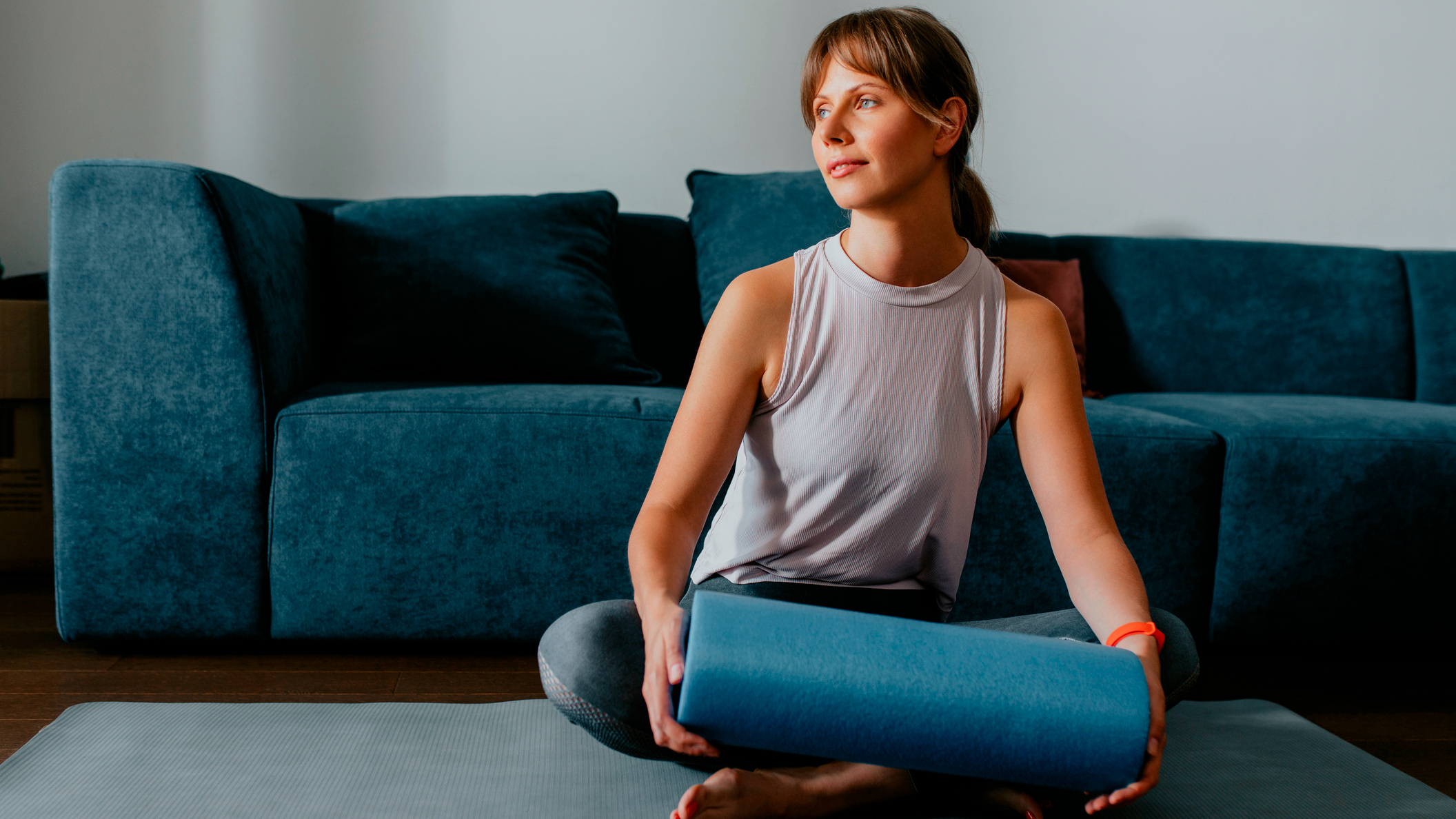
If you regularly experience pain or recurring injuries in the hips or knees, even though you stretch and do strength training, you may feel like throwing in the towel.
But according to physical therapist Sanjit Kooner, there’s one set of muscles people with injuries in these areas of the body often neglect. They’re known as the hip stabilizers, which play an important role in proper hip movement and stability. If these muscles aren’t functioning well, it can have a trickle-down effect on your knees.
Kooner has shared his favourite exercise for strengthening these muscles to help prevent hip and knee injuries.
“This is a deceptively simple yet highly effective glute and hip stabilizer drill,” he tells Fit&Well.
“I first learned this drill from a sport physiotherapy specialist, and I was skeptical until I felt how effectively it targeted the stabilizers we often miss in traditional training.”
How to do the hip and knee stability drill
While Kooner demonstrates the move with a foam roller, a Pilates ball or even a small sports ball is preferable. “I recommend doing it with a small ball against the wall rather than a foam roller for better control and feedback,” says Kooner.
Although you may pay more attention to your leg pressing against the foam roller or ball because it’s an unfamiliar position, it’s your standing leg that will be doing most of the work.
Unlike with traditional single-leg squats, you don’t necessarily need a full range of motion here. “You don’t need to squat deep to get the benefits,” says Kooner. “In fact, partial range squats are often more relevant and functional in athletic settings. The goal is to maintain control, tension and alignment rather than chase depth.”
Kooner recommends completing two sets of 10 to 12 reps on each leg, aiming to do this two to three times a week.
The benefits of this drill
“You’ll feel a deep burn through the gluteus medius and other hip stabilizers, which are crucial for balance, injury prevention and efficient movement in sport,” says Kooner.
This move will also help you improve balance and coordination, so you can move well in everyday life.







